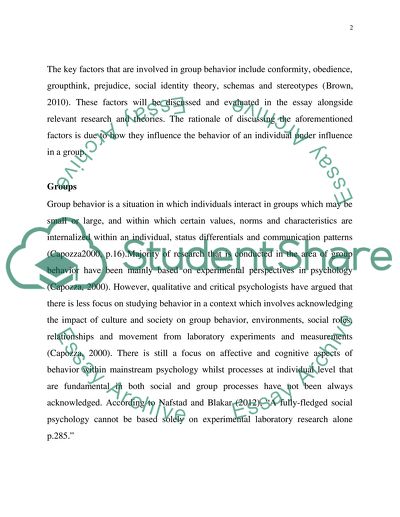Cite this document
(“Understanding Interpersonal Behaviour Essay Example | Topics and Well Written Essays - 2250 words - 1”, n.d.)
Retrieved from https://studentshare.org/visual-arts-film-studies/1664260-understanding-interpersonal-behaviour
Retrieved from https://studentshare.org/visual-arts-film-studies/1664260-understanding-interpersonal-behaviour
(Understanding Interpersonal Behaviour Essay Example | Topics and Well Written Essays - 2250 Words - 1)
https://studentshare.org/visual-arts-film-studies/1664260-understanding-interpersonal-behaviour.
https://studentshare.org/visual-arts-film-studies/1664260-understanding-interpersonal-behaviour.
“Understanding Interpersonal Behaviour Essay Example | Topics and Well Written Essays - 2250 Words - 1”, n.d. https://studentshare.org/visual-arts-film-studies/1664260-understanding-interpersonal-behaviour.


